Have you ever stopped to wonder what truly lurks in the heart of our universe? Forget about ghost stories or monster tales—nothing compares to the raw, inescapable terror of black holes. These cosmic beasts don’t just swallow light and matter; they defy the very laws of reality as we know it. The more scientists learn, the more black holes seem like something out of a fever dream—a place where all logic and comfort vanish. If you think black holes are just distant, harmless space oddities, buckle up. The truth is far more shocking and, frankly, chilling than most of us dare imagine.
The Violent Birth of a Black Hole
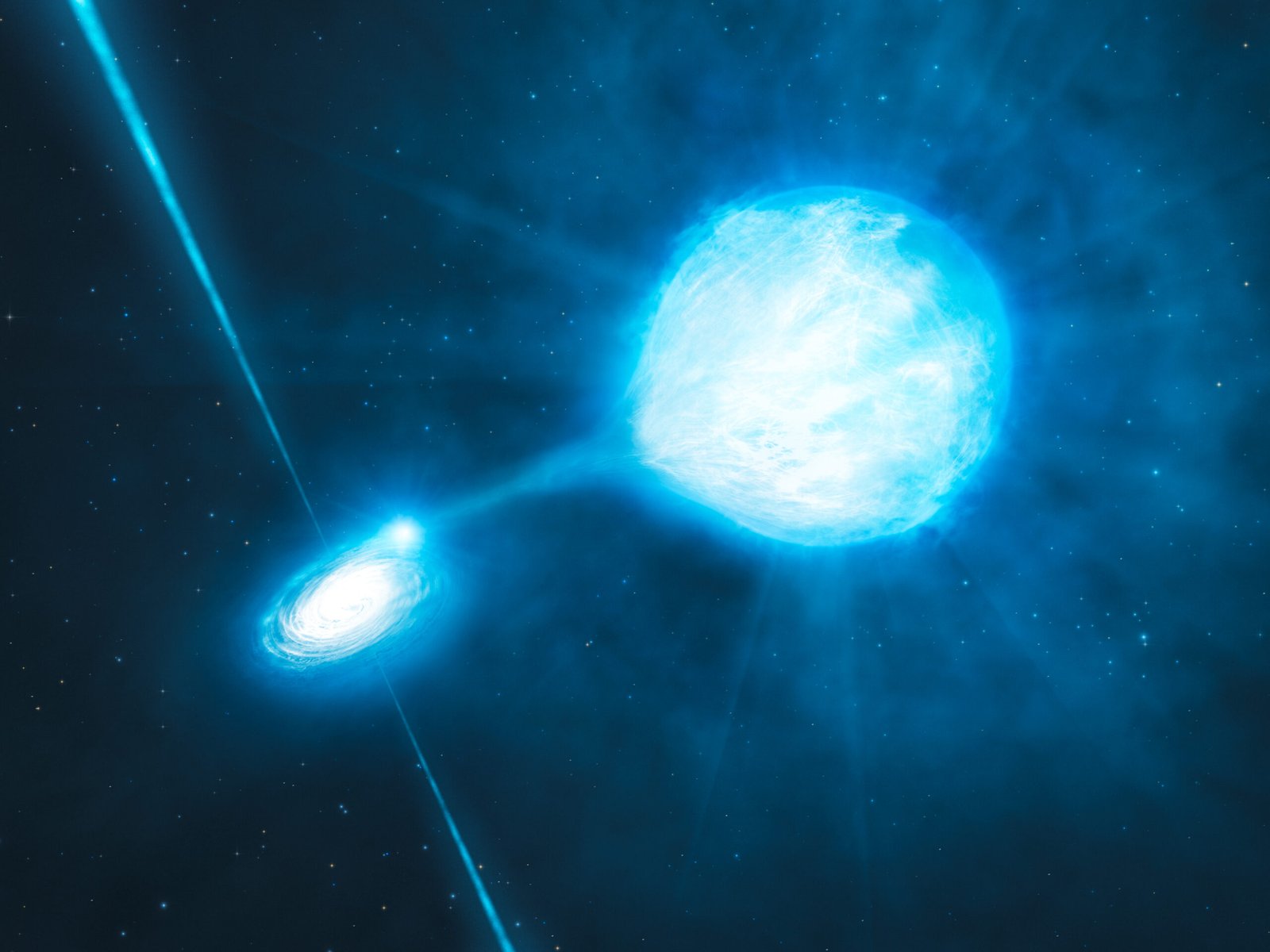
The story of a black hole begins with violence on a cosmic scale. Imagine a massive star, burning bright for millions of years, suddenly running out of fuel. With nothing left to hold itself up, gravity takes over, and the star collapses in on itself. This collapse is not gentle—it’s a catastrophic implosion that crushes the core into something unimaginably dense. The outer layers are blasted away in a supernova explosion, while the center becomes a black hole. It’s like watching a giant, fiery balloon pop and then seeing the leftover air sucked into a single, invisible point. The sheer power and finality of this process remind us just how fragile even the mightiest objects in the universe can be.
Event Horizon: The Ultimate Cosmic Trap
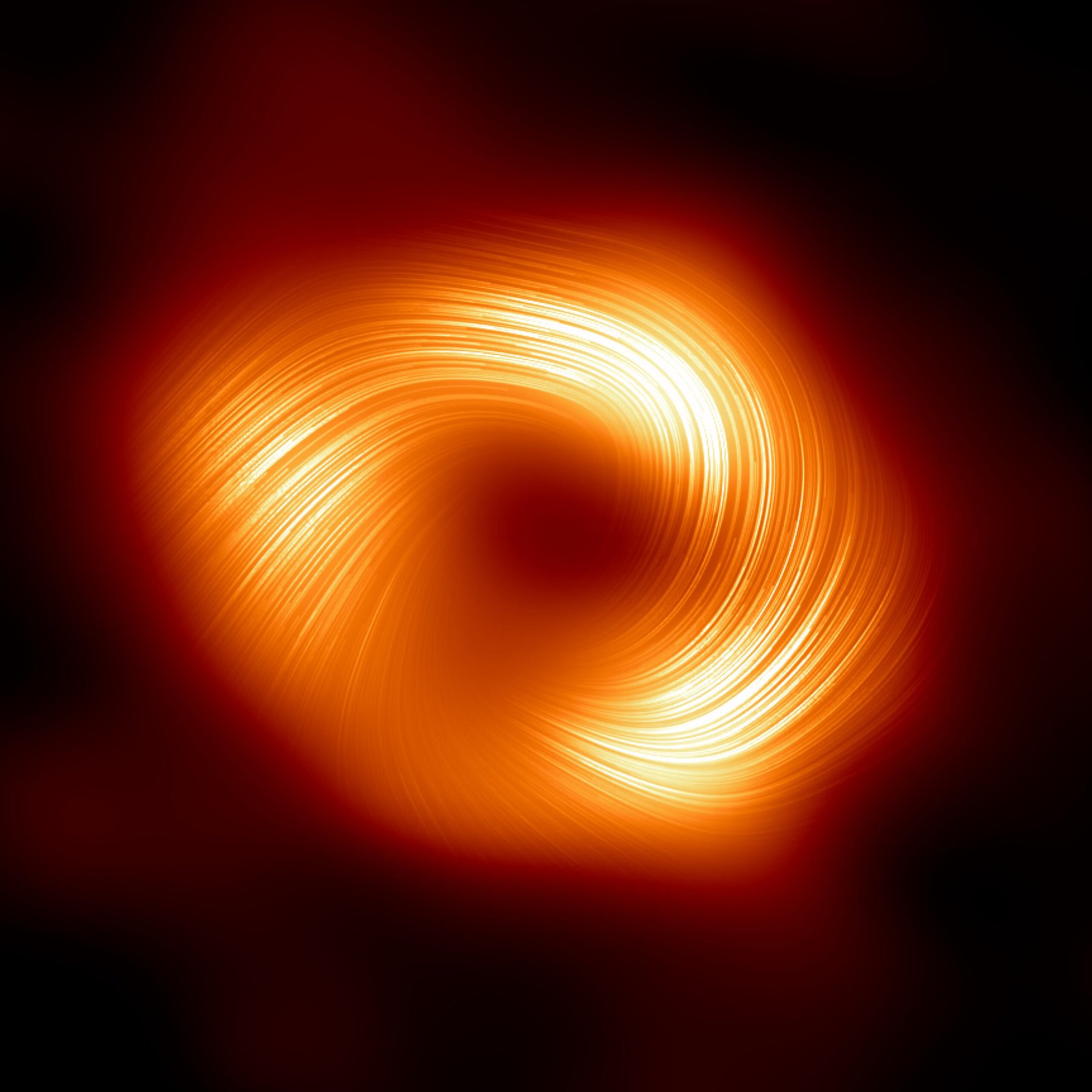
The event horizon is perhaps the most spine-chilling feature of any black hole. This invisible boundary marks the line you can never cross back from—not light, not matter, not even hope. Once something passes the event horizon, it’s gone for good, erased from the universe as we know it. It’s a one-way door, like stepping into a room and having the floor vanish beneath you forever. Scientists call it the “point of no return,” and it raises haunting questions: What really happens inside? Is it possible to escape? The absolute finality of the event horizon is enough to make anyone’s skin crawl.
The Singularity: Breaking the Universe’s Rules
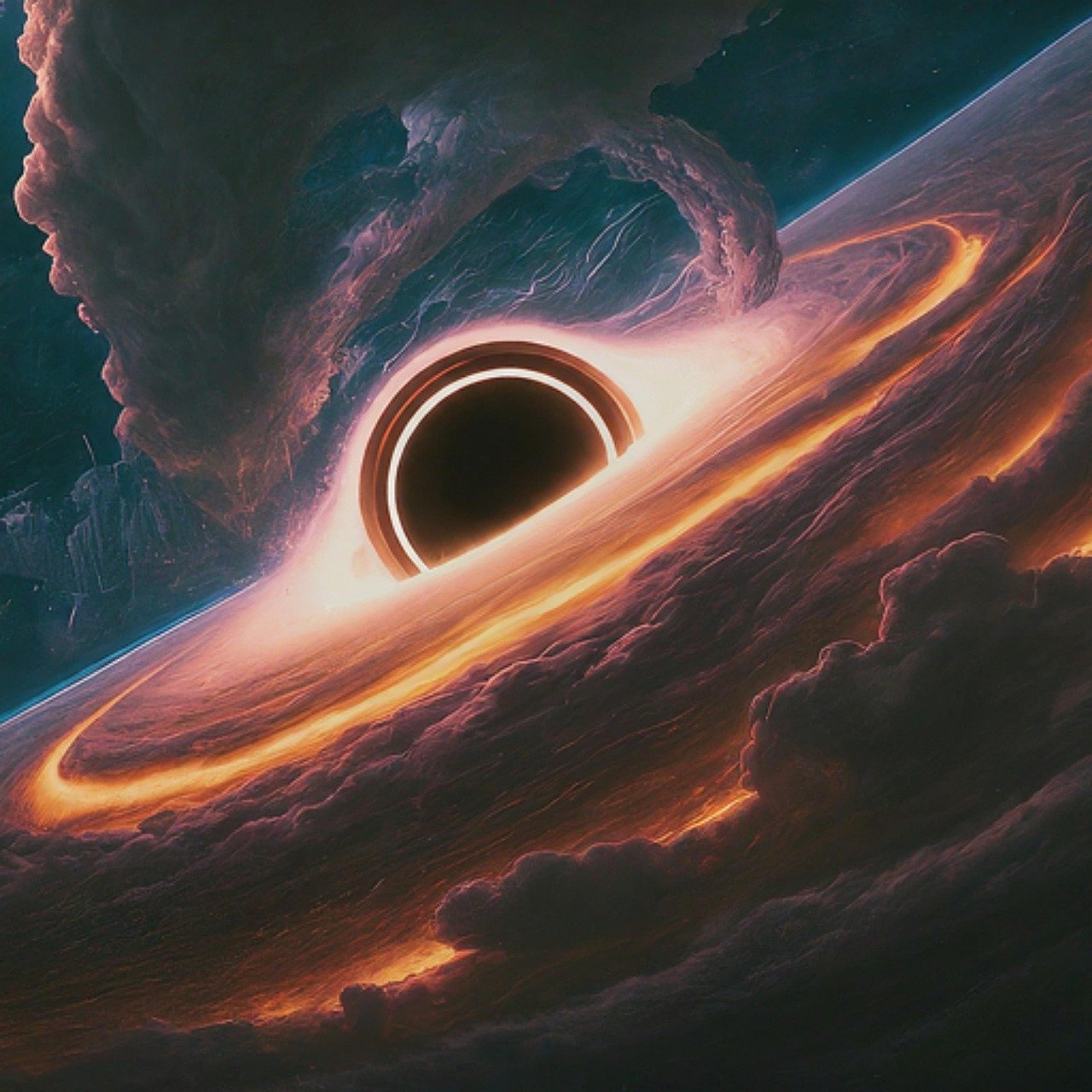
Deep inside every black hole hides a secret: the singularity. This is where all the matter and energy that fell in are squeezed into a point of infinite density. The rules of physics simply stop working here—our best equations blow up, and all logic disappears. It’s a cosmic paradox, a place so strange that even Einstein’s theories can’t explain it. Trying to picture the singularity is like trying to imagine a color you’ve never seen. For scientists, it’s the ultimate mystery, and for the rest of us, it’s a reminder that there are places in the universe where reality itself breaks down.
Gravity’s Weirdest Trick: Time Dilation
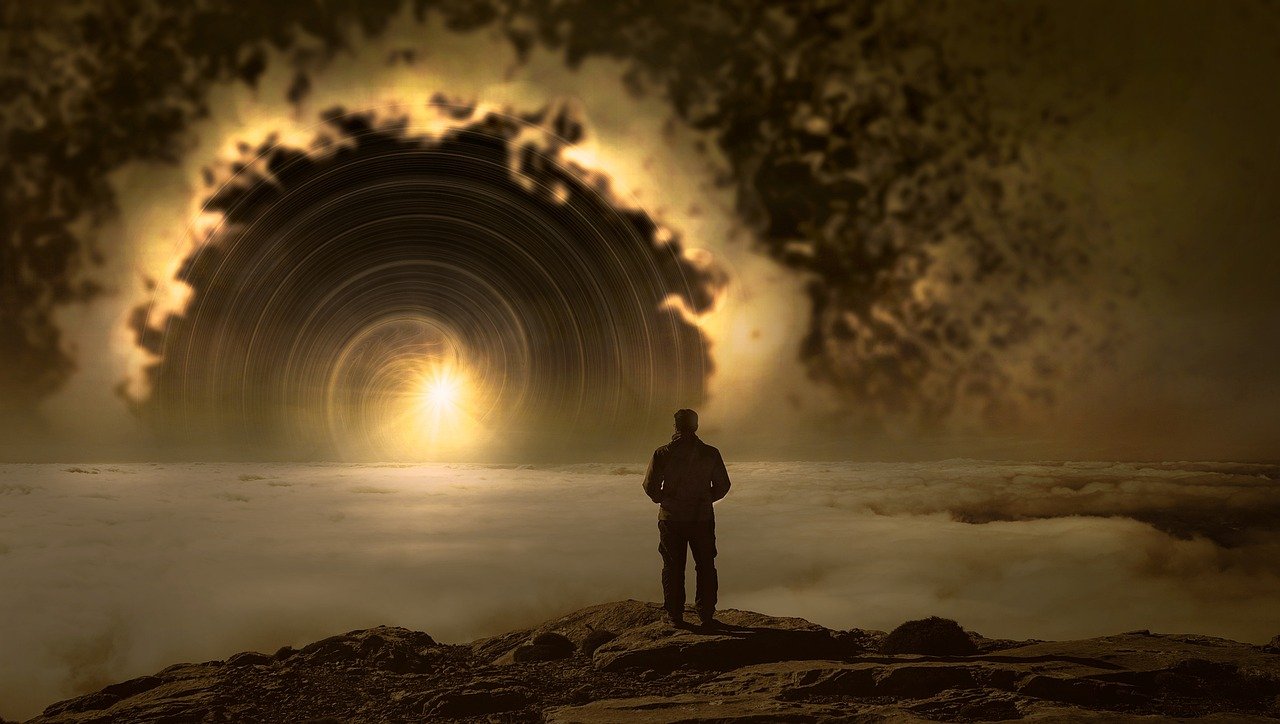
Black holes don’t just bend space—they twist time itself. As you get closer to a black hole, time slows down compared to the rest of the universe. Einstein predicted this mind-bending effect, known as time dilation. If you watched a friend fall toward a black hole, you’d see them slow down, stretch out, and freeze at the edge forever. But from their point of view, they’d fall in without noticing anything strange. It’s like a cosmic magic trick where time and space lose all meaning. The idea that time can be stretched and warped so dramatically is enough to make you question everything you thought you knew about reality.
Spaghettification: A Gruesome Fate
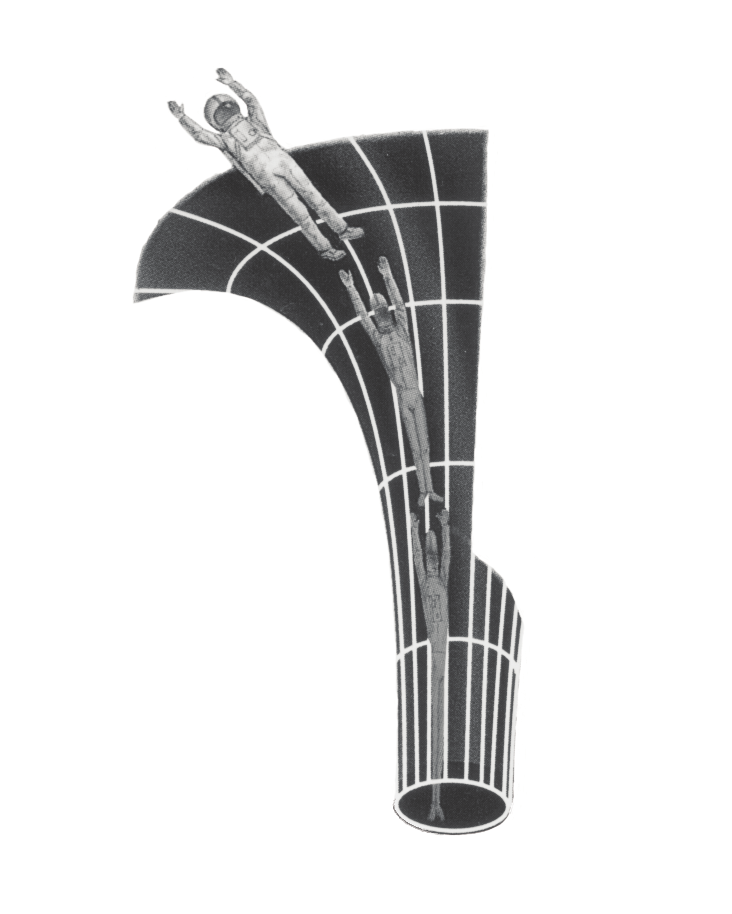
One of the most horrifying things that could happen if you fell into a black hole is spaghettification. The name sounds almost funny, but the reality is chilling. The gravity near a black hole isn’t just strong—it’s uneven. If you fell in feet first, your feet would be pulled much harder than your head, stretching you out into a thin, noodle-like strand. This process would tear you apart long before you even reached the event horizon. It’s the ultimate cosmic horror—being ripped to shreds by invisible forces you can’t fight or escape.
A Universe of Cosmic Cannibals
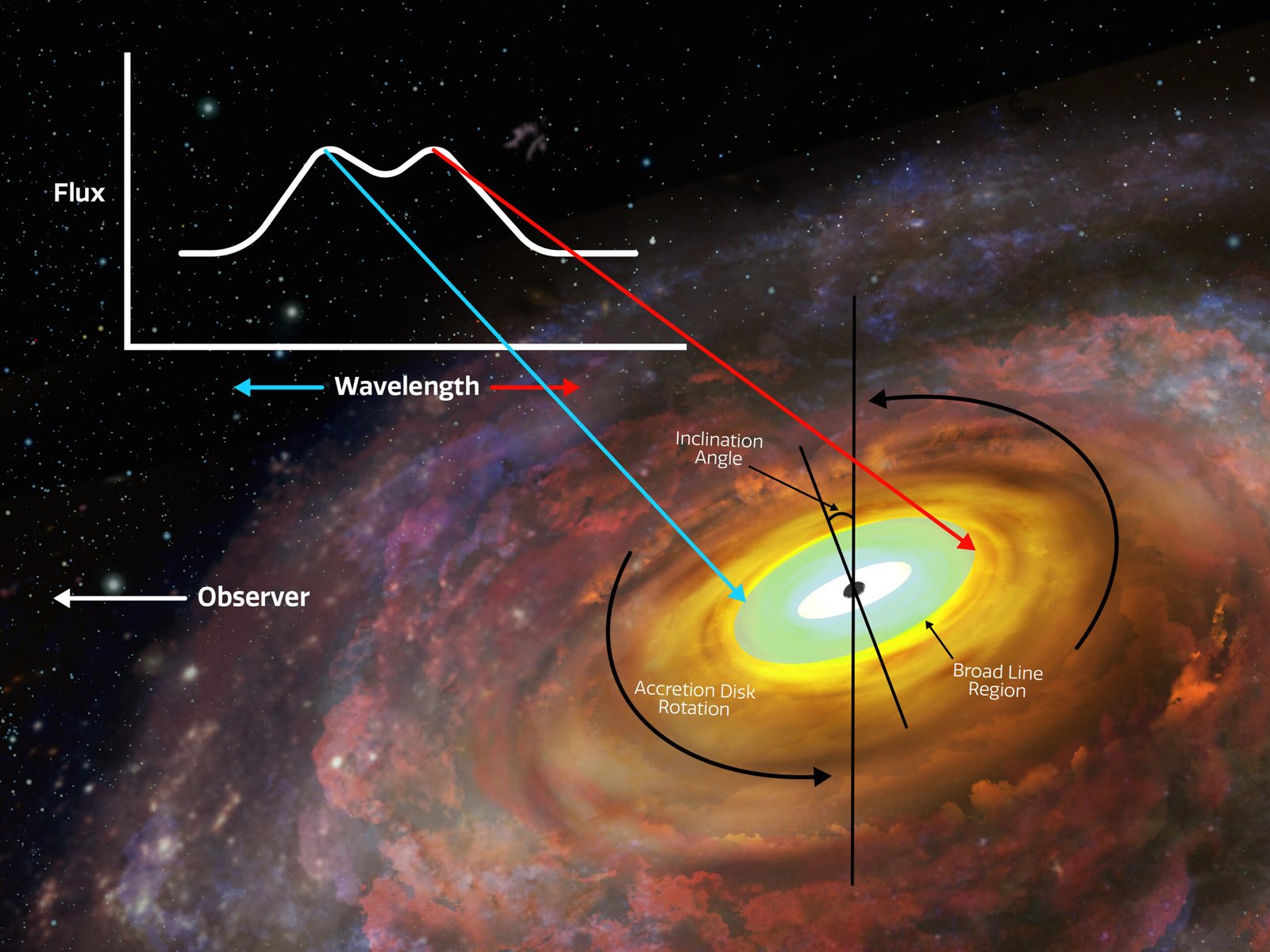
Black holes aren’t just passive traps—they’re hungry. When a black hole gets close to a star or a gas cloud, it pulls the material in with unstoppable force. This material spirals around the black hole, heating up and glowing fiercely in a disk called the accretion disk. Sometimes, these feeding frenzies are so intense they create quasars, which shine brighter than entire galaxies. The image of a black hole devouring everything in its path is both mesmerizing and terrifying—it’s like a cosmic monster that never stops eating.
Supermassive Black Holes: Galactic Giants
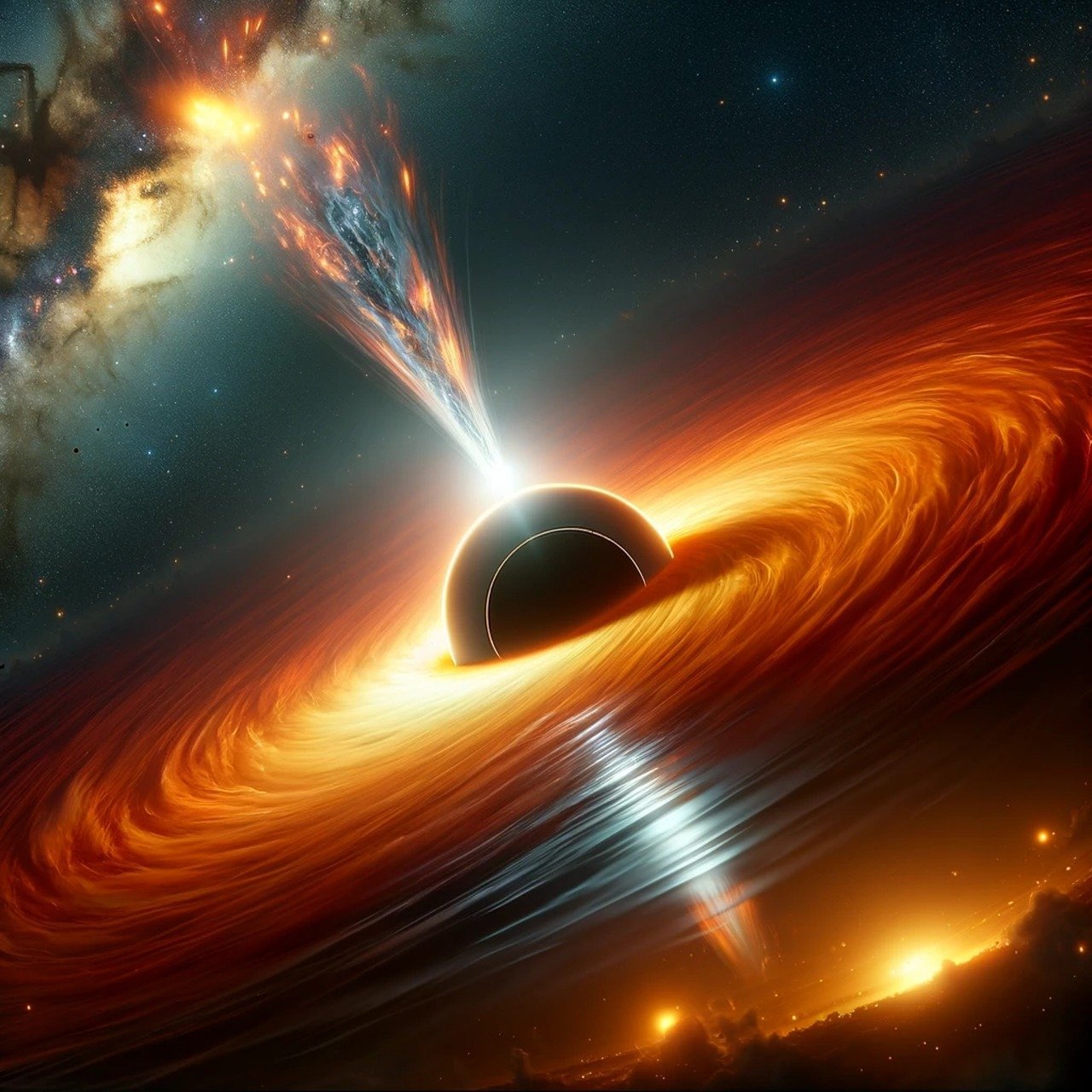
At the heart of almost every galaxy, including our own Milky Way, lies a supermassive black hole. These monsters can be millions or even billions of times heavier than our sun. Their gravity is so powerful that they control the movement of stars for thousands of light years around. Scientists believe these giants helped shape galaxies in the early universe. The thought that such an enormous force sits quietly at the center of our galaxy, shaping our cosmic neighborhood, is both awe-inspiring and deeply unsettling.
The Endgame: Black Holes and Cosmic Doom
Black holes may hold the key to the universe’s final fate. Some experts believe that, given enough time, black holes will be the only things left as stars burn out and galaxies fade away. Eventually, even black holes might evaporate through a process called Hawking radiation, but before that, they could swallow up everything in their reach. The idea of a universe ruled by silent, all-consuming darkness is enough to send a chill down anyone’s spine. It’s a future that feels more like a nightmare than reality.
The Relentless Hunt for Black Holes
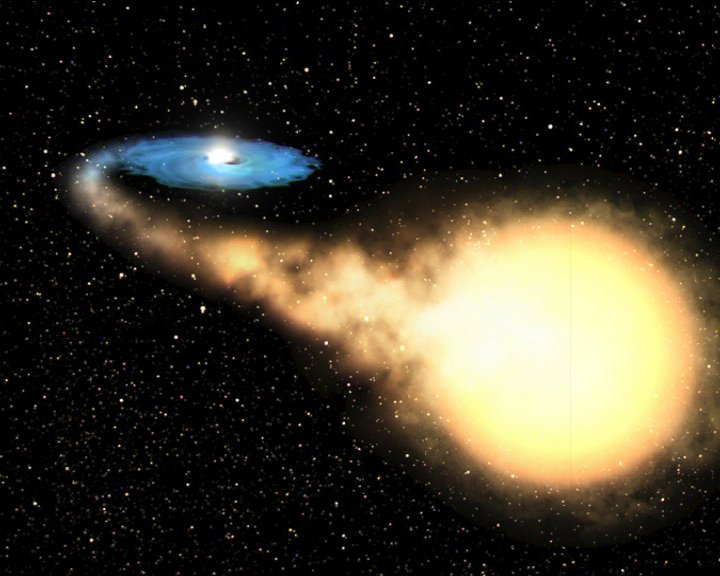
Despite their terrifying reputation, black holes are a hot topic for scientists. Astronomers use powerful telescopes to look for clues—like stars moving in weird ways or bursts of intense energy—that hint at a black hole’s presence. In 2019, humanity saw its first real image of a black hole’s shadow, and new discoveries keep piling up. The search is relentless, driven by curiosity as much as by fear. It’s a reminder that, no matter how frightening something is, humans are always drawn to the unknown. There’s a kind of bravery in staring into the darkness and asking, “What’s out there?”
Why Black Holes Haunt Our Imagination
Black holes captivate and terrify us in ways that few other cosmic phenomena can. They challenge everything we understand about space, time, and the rules of nature. With their inescapable pull, mind-bending physics, and monstrous size, they’re the ultimate cosmic enigma. Maybe that’s why we can’t look away—they force us to confront the limits of our knowledge and the wildness of the universe we call home. After all this, do black holes seem even scarier than you thought?

